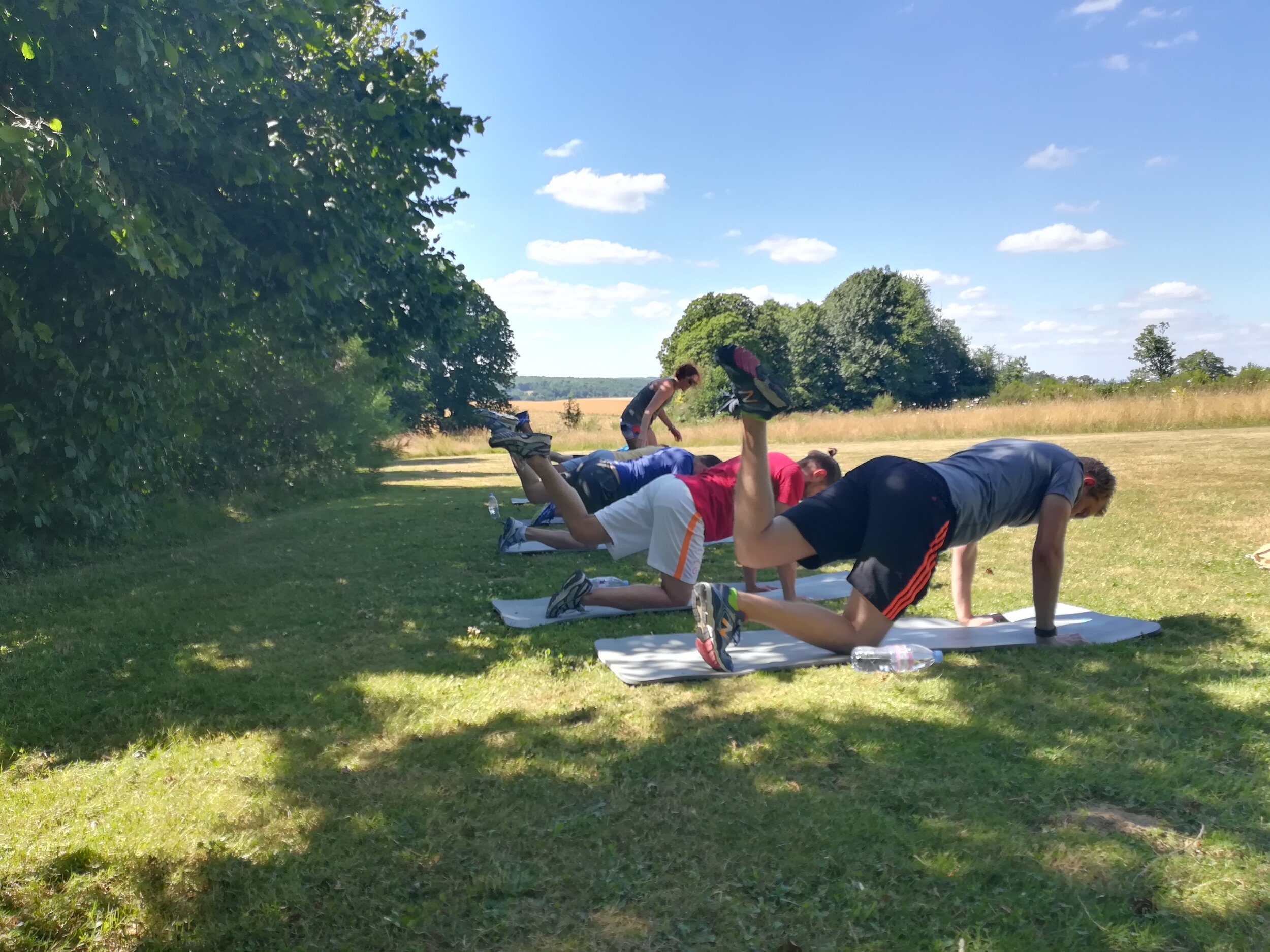The Big Squeeze: or how to make kegels less daunting.
In this blog I’m lifting the lid on why Kegels are important to know about but not a catch-all for pelvic floor disorders. And nor are they just about squeezing…
Get in touch with me with any questions! hello@andbreathewellbeing.com
credit Jonny MP
So often when we think of pelvic floor exercises, we only think about Kegels. Or more specifically, one part of a Kegel - the part about tightening, squeezing, and lifting our set of pelvic muscles.
Because pelvic floor exercises are all about strengthening, right? Wrong!
It’s so important to remember to release too. The mobility of your muscles is just as important as their strength. But, don’t worry if this is you - you’re not alone! Over 50% of us are thought to be doing our pelvic floor exercises incorrectly, and perhaps more suprisingly, a quarter of women haven’t ever done any pelvic floor exercises.
What is a Kegel? Kegel exercises were first described by Arnold Kegel in 1948 for pelvic floor muscle strengthening. Dr. Kegel’s study showed that the exercises could help to prevent cystoceles, rectoceles and urinary stress incontinence. All conditions which are related to pelvic floor weakness - something which we usually
While there are lots of treatments to manage pelvic floor weakness including medication and surgeries, these are usually only for the most extreme cases. Pelvic floor exercises, therefore, are important for us all to implement so that we’re taking control of our own health and wellbeing. And of course, they’re free and (relatively!) easy - so they are a popular addition to your daily routine.
Come up for air.
Book our award-winning retreat, for your body AND mind. Click HERE for more >>>
Kegels involve squeezing your pelvic floor muscles and releasing them, in sets of 10, a few times a day. If you can learn to do them properly in the company of a women’s health physiotherapist, I would always recommend this. It’s hard to learn to properly work a part of our body that we can’t even see!
A women’s health physio is able to assess your pelvic floor muscles internally, so you can understand the strength or weakness of your muscles - including the subtleties of different parts of your pelvic floor.
For instance your back pelvic floor muscles (imagine those you’d use to stop a fart coming out!) might be much stronger than your front pelvic floor (those you’d use to stop a wee). And that’s not to mention the middle section or the sides. Our wonderful bodies are more complex than we’re led to believe!
Check out these videos from me and our Expert Physio, Amanda Savage, on the perfect pelvic floor lift.
“The release is just as important as the lift when you’re doing your pelvic floor exercises. Believe me, I know.”
Here are a few things to remember:
Kegels should be invisible so that you can do them in the car, in the boardroom and while I’m writing this blog! The aim is to only move your pelvic floor muscles - not your glutes, hips or abs.
Once you get the technique right, yes it will take practice, you may even experience stronger orgasms as pelvic floor muscles contract during climax. Yay!
If you suffer from a hypertonic (too tight) pelvic floor, the squeeze part of a Kegel may be doing more harm than good - you’ll need to focus more on getting the release right.
Wondering if you’re doing things right? Talk a GP for a referral to a physiotherapist or see one privately. And of course, there’s lots more info in my book Get Your Mojo Back.
Your pelvic floor not only performs an essential function but it also holds the key to our mental and physical health. So treat it with love and respect. Good luck!
Clio x.
Questions? Drop me a line at hello@andbreathewellbeing.com or book a 1-2-1 consultation with me HERE.
At &Breathe we’re passionate about wellbeing for postnatal, families, and peri-menopause. Click below to learn more about our RETREATS and my BOOK:







